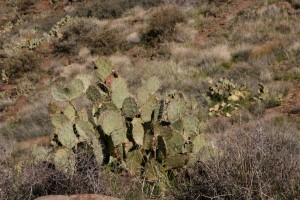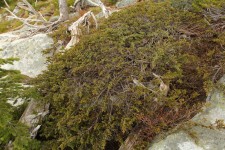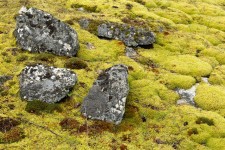The ability to survive and thrive in a sun-scorched land with little water has been perfected by the cactus. Located only in portions of the Sonoran Desert in Arizona, New Mexico, California and Mexico, the saguaro cactus (the iconic symbol of the desert southwest) is well-adapted to the hot, dry conditions.
Saguaro cactus grow extremely slow in order to minimize the nutrients they need. An eight-year-old saguaro may only be one inch tall. The distinctive branches don’t begin to grow until the saguaro is between 75 and 100 years old and a mature saguaro with five branches can be over 150 years old.
While they may be slow-growing above ground, the root system grows quickly. Within hours of a rain storm, the cactus will grow new roots to absorb the abundant moisture. Most of the roots are within a few inches of the surface in order to absorb water from the smallest rain shower.
All of the water the roots absorb has to be stored somewhere; the stem of the cactus is an adapted storage tank. A mature saguaro cactus can weigh over six tons when filled to capacity with water. In order to contain that quantity of water, the stem of the saguaro is pleated and has the capability to expand like an accordion when water is being collected. Likewise, the pleats will contract when the cactus’s supply of water diminishes.
Not only do the pleats enable extra storage space, they also provide shade and extra surface area for photosynthesis. Since cacti don’t have green leaves, the photosynthesis has to occur in the stem, which is covered in a waxy coating to prevent moisture loss.
A cactus’s spines are modified leaves. They even shade the cacti like leaves but not to the same extent. Their light color reflects up to three-quarters of the sunlight striking them which helps keep the cacti relatively cool.
While it may seem nothing would even come near a saguaro with its sharp spines, the saguaro is an integral part of the desert ecosystem. Gilded flickers and Gila woodpeckers create well-protected nest cavities in the pulpy flesh of the cactus. Once they abandon the cavities, they become occupied by elf owls, screech owls, finches, purple martins and sparrows. With few vantage points in the flatter areas of the desert, the Harris’s and red-tailed hawks take advantage of the saguaro’s height (upwards of 50 feet) to build stick nests between the branches. Once the hawks abandon their nests, ravens and great horned owls will move in.
Saguaros also provide food. Nectar-feeding bats, birds, bees and other insects pollinate the flowers and in turn help create fruit. Animals ranging from birds to iguanas to kit foxes feed on the moist fruit. And in times of extreme drought pack rats, jackrabbits, mule deer and bighorn sheep will carefully eat the cactus’s flesh for the moisture.
The saguaro cactus is well-adapted to its dry, hot environment and can even survive a few years of drought with its stockpile of water unless something eats it first.





